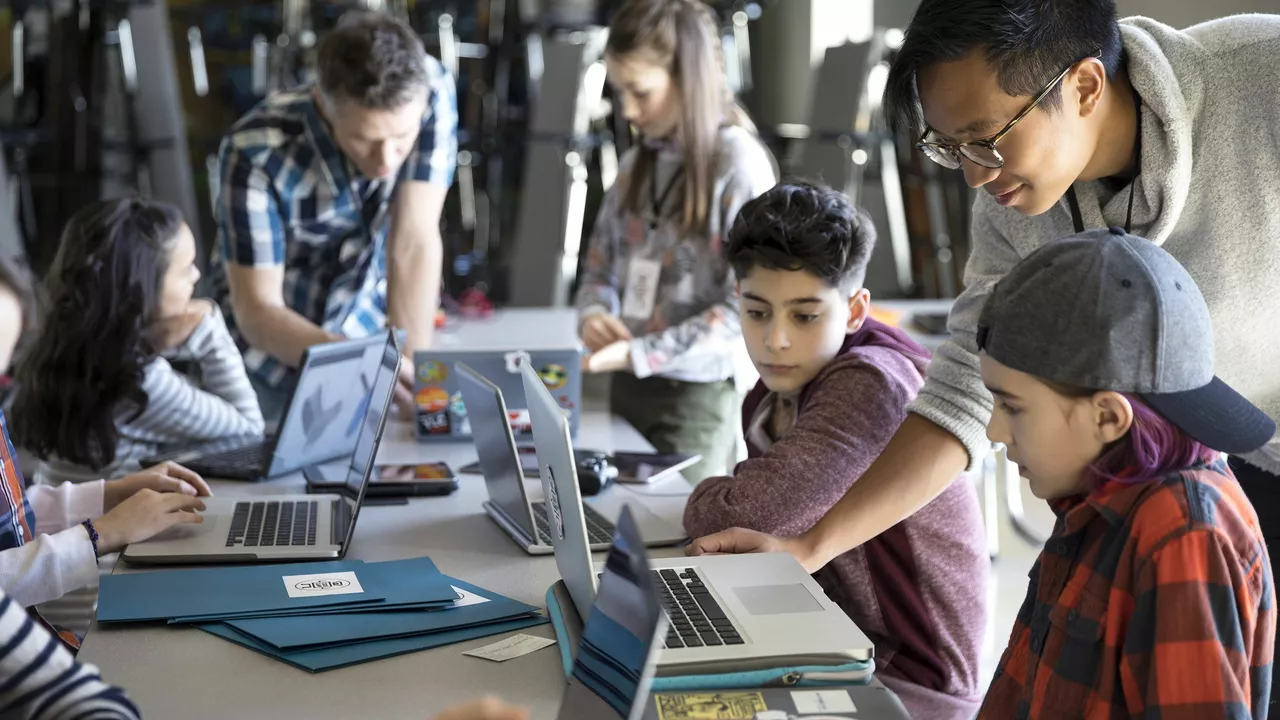Education and Technology: Simple Ways to Upgrade Your Classroom
Imagine students excitedly using tablets while you teach, or a smart board turning a boring lesson into an interactive game. That’s not a future fantasy – it’s what many teachers achieve today with the right tech. In this guide we’ll walk through quick, practical steps to bring educational technology into any classroom, no matter the budget or experience level.
Pick Tools That Match Your Goals
The first move is to ask yourself what you want to accomplish. Want more student participation? Try live polls or quiz apps like Kahoot. Need visual explanations? Interactive whiteboards or a simple projector can bring diagrams to life. If reading is a challenge, digital e‑books with audio support help. Choose one or two tools that directly support the lesson goal, then test them before the big day.
Start Small, Then Scale Up
Jumping straight into a tech‑heavy lesson can overwhelm both you and the kids. Begin with a short activity – perhaps a quick Google Slides presentation where students add sticky notes. Observe how they respond, note any hiccups, and adjust. As confidence builds, layer in more features: group collaboration in Google Docs, or a classroom blog where students post reflections. This step‑by‑step approach keeps the focus on learning, not on troubleshooting.
Training matters, too. Spend a few minutes after class exploring the tool yourself, or watch a short tutorial. Many platforms offer free teacher guides; those are gold mines for shortcuts and hidden tricks. Pair up with a colleague who’s already using the tool – a quick coffee chat can save hours of trial‑and‑error.
Don’t forget to involve students in the process. Ask them what they find useful, what feels clunky, and let them suggest alternatives. When they see their feedback shaping the classroom, engagement spikes. Plus, they often discover hacks that adults overlook.
Evaluation is the final piece. After a week of using a new app, jot down what worked: higher participation, faster quiz scores, smoother discussions. Also note the downsides: connectivity issues, too many notifications, or anything that distracted from the lesson. Use this data to decide whether to keep, tweak, or replace the tool.
Remember, technology is a means, not a goal. The real aim is to make learning clearer, more fun, and more relevant. By aligning tools with objectives, starting small, and constantly refining, you turn edtech into a trusted classroom partner rather than a gimmick.
Ready to try something new? Grab a free trial of a classroom app, set a 10‑minute experiment for next week, and watch how a single tech tweak can spark curiosity. The future of teaching is already here – all it takes is the first step.

How to incorporate educational technology in your classroom?
Incorporating educational technology in the classroom can be a game changer, enhancing both teaching and learning experiences. It's crucial to begin by identifying the needs of your students and the goals of your curriculum. You can then select appropriate digital tools like interactive whiteboards, tablets, or education apps that promote engagement and active learning. Training and support are essential for both teachers and students to effectively use these technologies. Lastly, remember to constantly evaluate and adapt your approach to ensure it remains effective and relevant.